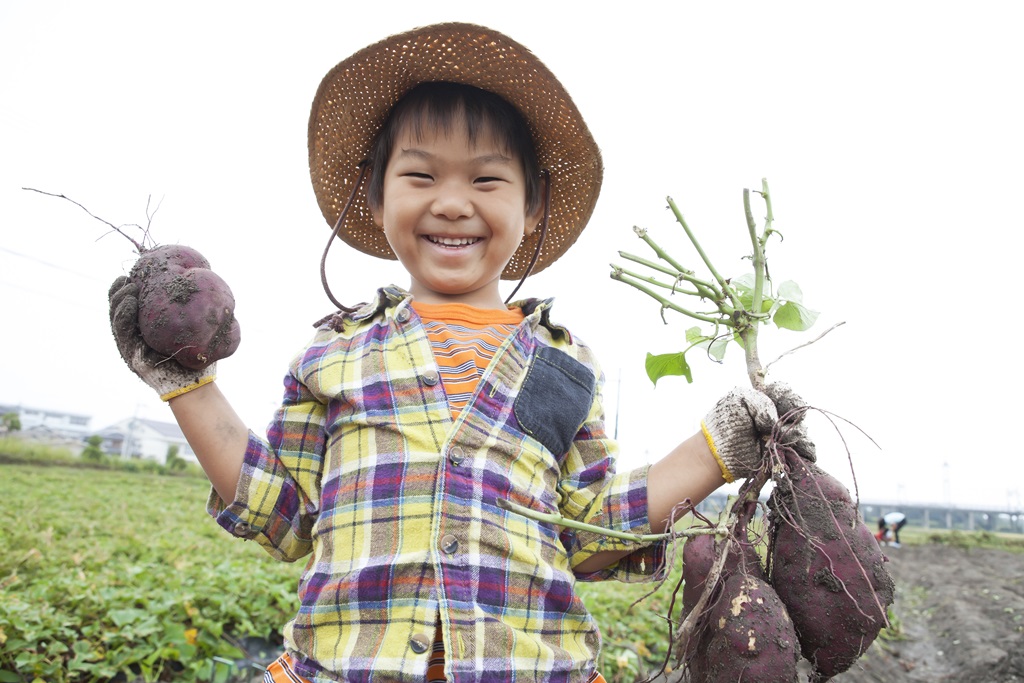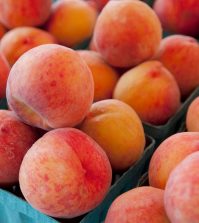- Study Says Most Parents Don’t Use Car Seats In Ride Share Vehicles Like Uber
- This 12-Year-Old Boy Is A Sophomore Aerospace Engineering Major!
- Fire Safety Experts Warn Of Hand Sanitizer Danger After A Mom and Kids Escape House Fire
- Recall Alert: Peaches May Be The Cause Of Salmonella Outbreak, 68 People Ill
- Summer Vacation In The Days Of COVID: Tips To Stay Safe
- How To Safely Grocery Shop During The Coronavirus Pandemic
- Michigan Teen With Vape-Related Illness Undergoes Double Lung Transplant
- Teen Kicks Off Anti-Vaping Campaign From Hospital Bed
- Teenager Receives Life Sentence For Strangling Sister To Death Over A Wi-Fi Password
- Toddler Falls To Death From 11th Deck of Cruise Ship
Here is a Method That is Helping Japan Have The World’s Healthiest Children


While obesity rates in the United States have tripled over the past three decades, childhood obesity in Japan – which is already among the world’s lowest – has declined for the past six years.
There are several factors contributing to the improved health of Japanese children, the principal of which is addressing nutritional benefits of food with the children directly. What makes Japanese children the healthiest children in the world?
Communicating nutrition
At many Japanese schools, a nutritionist will compile recipes for the children and either one or several nutritionists on staff will work with the children, particularly those that are picky eaters.
Children are taught about the food that they are eating and why they are eating it at various intervals throughout the year.
Parents are also kept informed about the recipes, where the ingredients are sourced and are welcome to discuss the food options with the school.
Creating a healthy mindset
From a young age, Japanese children are taught to eat what they are served, no alternative options are provided. At school, all the children eat together and are given identical food. If they don’t want to eat it, there are no vending machines providing unhealthy snack options.
At home Japanese parents will involve their children from infancy in the food preparation, allowing them to enjoy a variety of healthy food options, and meal times are had together as a family. This way, parents will model healthy eating behavior and do not overreact if a child refuses to eat his or her food.
Functioning school lunch programs
The Japanese are immensely proud of their school lunch programs, and have every right to be.
Each meal is made from scratch using locally sourced ingredients. Meals are balanced with an emphasis on rice, vegetables, fish and soups. Low-fat options are not available and dessert, other than fruit and yogurt, is not on the menu. Fried food is occasionally provided but even then, it’s very limited in amount.
A typical meal would be a small bowl of rice, a bowl of miso soup and three dishes of fish, meat or tofu as well as two vegetable dishes. Processed foods are generally avoided.
The children also get involved in preparing and serving the food to their classmates, again emphasizing education around nutrition.








0 comments